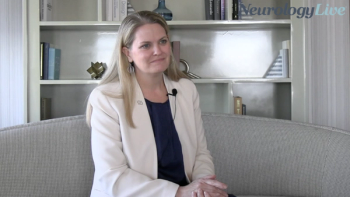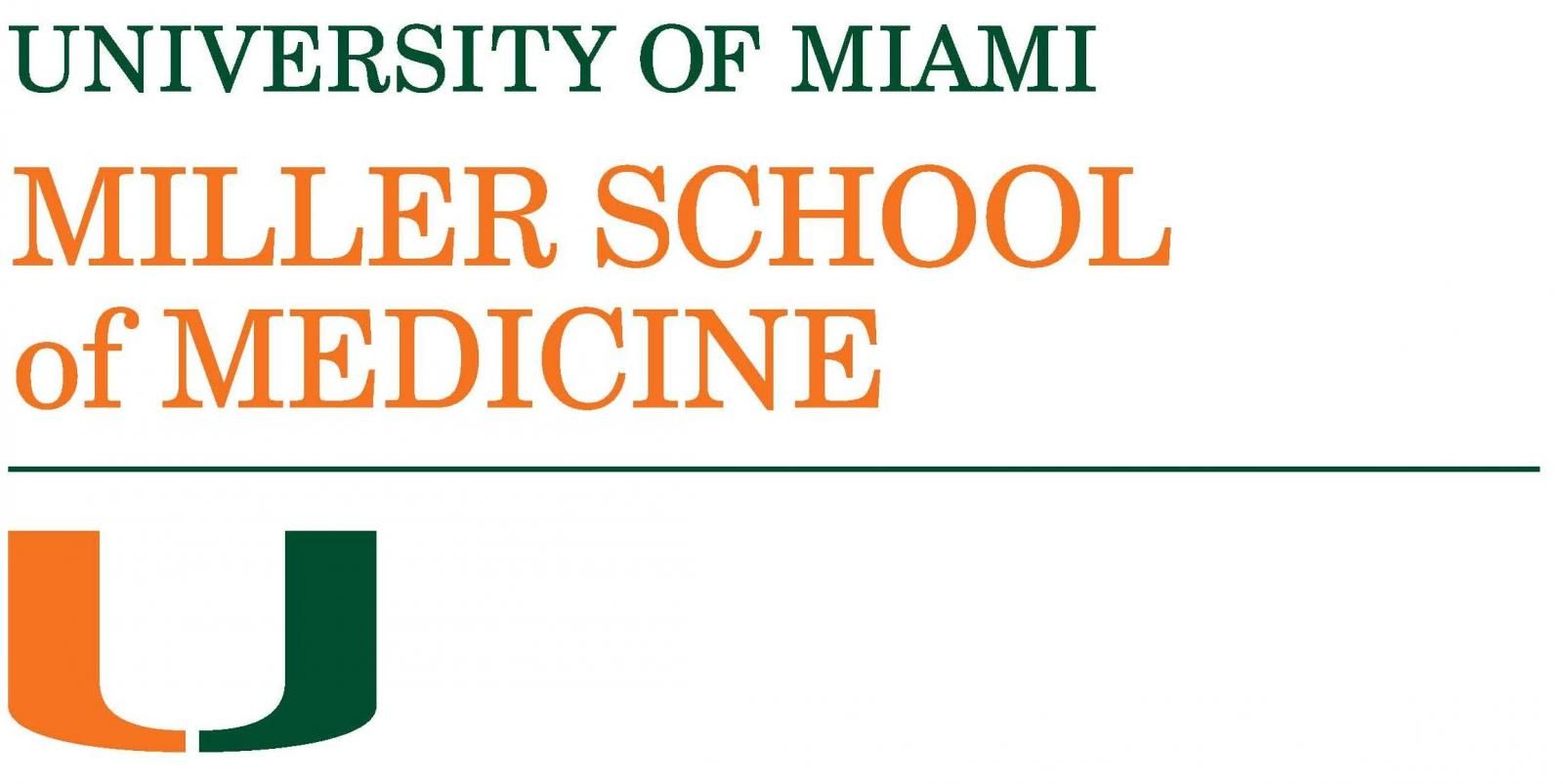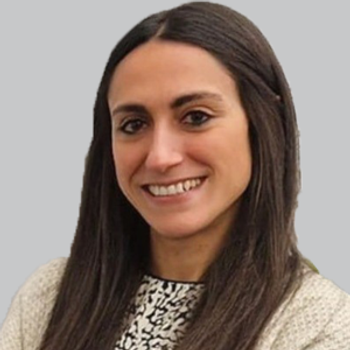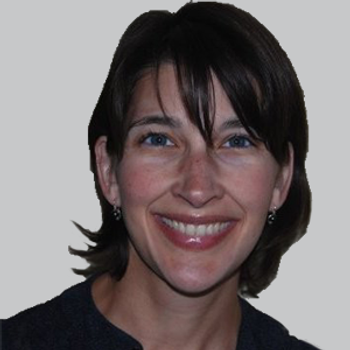
Miller School Hosts 'Neurology Update and Stroke Intensive Review 2020

Leaders from the University of Miami Miller School of Medicine detail the most important needs in the field of stroke and steps needed to take in 2020.
This content is courtesy of the University of Miami Miller School of Medicine. To view the original post,
Because rapid treatment is crucial to good outcomes in acute ischemic stroke patients, clinicians should consider administering thrombolytics to break up blood clots without waiting for time-consuming imaging studies, according to one of the nation’s leading interventional neurologists.
“The extra time we spend obtaining images translates to lost neurons in the brain and we need to be sure the information we gain is worth the price we pay,” said Tudor Jovin, M.D., professor and chair of the Department of Neurology at Cooper Medical School of Rowan University at the “Neurology Update and Stroke Intensive Review 2020” conference, sponsored by the University of Miami Miller School of Medicine.
Improving stroke care was one of the key topics of the three-day conference at the InterContinental Miami, which focused on neurologic disorders, including epilepsy, multiple sclerosis, movement disorders, neuromuscular diseases, dementia and migraine. Held annually since 1967, the Jan. 16-18 Neurology Update conference drew about 275 attendees.
“This year’s course addressed the latest advances in these specialties, providing practical information on issues that neurologists address on a daily basis,” said course co-director Andres M. Kanner, M.D., professor of clinical neurology, director of the Comprehensive Epilepsy Center, and chief of the Epilepsy Division in the Department of Neurology. Co-director Jose G. Romano, M.D., professor of clinical neurology, vice chair of clinical affairs and chief of the Stroke Division, and chief of the Comprehensive Stroke Program at Jackson Memorial Hospital, led the Stroke Intensive Review program.
Advancing Neurological Care
Miller School of Medicine faculty and the invited speakers focused on a wide range of topics aimed at improving care for a variety of neurological conditions, such as psychogenic nonepileptic seizures (PNES). “Our goal with the session on PNES was to familiarize neurologists with the diagnostic evaluation, consider the complexity of these cases with respect to diagnostic evaluation and treatment of these patients, who often fall through the cracks,” said Dr. Kanner.
Teshamae Monteith, M.D., associate professor of clinical neurology and head of the Headache Division in the Department of Neurology, emphasized the importance of sharing decisions with patients in order to optimize migraine outcomes. “With migraines it’s more than just making a diagnosis and reviewing treatment options, which may include medications, as well as lifestyle and behavioral interventions,” she said. “We need to have discussions about values, goals and preferences in ways that can help our patients get their lives back.”
Kottil Rammohan, M.D., professor of clinical neurology, director of the Multiple Sclerosis Center of Excellence and chief of the Multiple Sclerosis Division, focused on the development of this neurological disease and its treatment. He noted that the brains of all patients with progressive MS display an inflammatory process, but the mechanisms mediating this process need further study. Mitochondrial degeneration may play a role in the resulting brain degeneration, he said.
The role of sleep in memory disorders was addressed by Salim Dib, M.D., associate professor of clinical neurology in the Sleep Disorders Division. He noted that sleep disorders associated with breathing disturbances accelerate cognitive decline in the elderly. “Sleep is a potentially modifiable risk factor for neurodegenerative diseases. Improving sleep in older adults is crucial for optimal cognitive functioning.”
Melissa Fellman, assistant professor of neurology, called for more end-of-life discussions among physicians, patients and family members. In her talk on “Palliative Care for Neuromuscular Diseases,” she noted that research shows the importance of neuropalliative care. “You should have those conversations at an early stage of the disease about what patients want,” she said. “There is a misconception that it is better to wait.”
Accelerating Stroke Therapies
Speaking on “The Next Frontier in Large Vessel Occlusion Stroke Treatment,” Dr. Jovin said there are opportunities to improve every step of the process, including wearable sensors that can detect problems in high-risk patients, and artificial intelligence (AI) applications to read images and accelerate the transfer of information to emergency medical professionals with the patient and physicians at the receiving hospital.
But one of the biggest ways to improve outcomes is reducing the time it takes to begin a procedure, he said. It takes about 1.5 hours from patient arrival at the ER to start a procedure, including time for imaging. “We do imaging to exclude patients from treatment and to determine the size and delineation of the core,” he said. “But do we really need that fancy imaging for every patient?”
Instead, Dr. Jovin suggested taking patients with suspected large vessel occlusions directly to the angiogram suite and using noninvasive imaging or none at all. That allows treatment to begin an hour sooner, significantly reducing brain tissue death. “This approach is also suited for hospitals in the developing world that treat stroke patients but lack modern imaging equipment.”
Improving Stroke Outcomes
Quality improvements in acute stroke care in Florida was the topic of a presentation by Ralph L. Sacco, M.D., M.S., professor and Olemberg Chair of Neurology, executive director of the McKnight Brain Institute, chief of neurology at Jackson Memorial Hospital, director of the UM Clinical and Translational Science Institute, and senior associate dean for clinical and translational science.
“Our work in developing the Florida Stroke Registry has improved stroke care, reduced health disparities and changed state policy,” said Dr. Sacco. Launched in 2012 with a grant from the National Institutes of Health to the University of Miami and the University of Puerto Rico, the registry has been funded by the State of Florida since 2017.
“We have focused on data from acute stroke hospitals and made evidence-based recommendations to improve performance,” said Dr. Sacco. “We also collaborate with other organizations to gather pre-hospital and post-hospital data to address issues like the time it takes to transport a stroke patient to the hospital.”
Currently, the registry includes 115 Florida hospitals with data on 256,975 cases from 2010 to 2019. “We have seen significant improvement and more consistent delivery of care over time,” said Dr. Sacco, adding that registry data was helpful in convincing state legislators to pass a bill in 2019 requiring national certification for comprehensive stroke centers rather than self-attestation.
Focusing on Treatment
In her presentation, Erika Marulanda-Londono, M.D., assistant professor of clinical neurology in the Stroke Division, looked at two types of tissue plasminogen activator (tPA) thombolytic treatments for acute ischemic stroke patients. “The benefits of tPA are time dependent,” she added. “The sooner we treat patients, the more we can decrease mortality, disability and complications.”
Dr. Marulanda-Londono focused on tenecteplase, a genetically engineered tPA that offers beneficial effects similar to the currently used alteplase. Studies in Australia, Norway and other locations indicated tenecteplase has good outcomes with no difference in adverse events. In 2019, the American Heart Association added tenecteplase to its guidelines, saying it was “reasonable to consider” the newer tPA for patients with large blood vessel occlusions. More clinical studies are now underway, including the TIMELESS clinical trial at UM/Jackson Memorial Hospital, she added.
In his talk, Dr. Romano examined the potential benefits of tPA treatment beyond the 4.5-hour traditional window of rapid delivery. For instance, many patients develop strokes in the early morning hours but only discover their symptoms upon awakening. “In some patients, the core of the stroke progresses rapidly, leaving no brain tissue to save,” he said. “But in others the core progresses more slowly, and the use of thrombolytics may be helpful up to nine hours after arrival in the emergency room.”
Summing up the discussion, Dileep Yavagal, M.D., professor of clinical neurology and neurosurgery, chief of interventional neurology, and co-director of endovascular neurosurgery, said, “The use of thrombolytics has tremendous additional potential for helping our stroke patients.”
Newsletter
Keep your finger on the pulse of neurology—subscribe to NeurologyLive for expert interviews, new data, and breakthrough treatment updates.


































